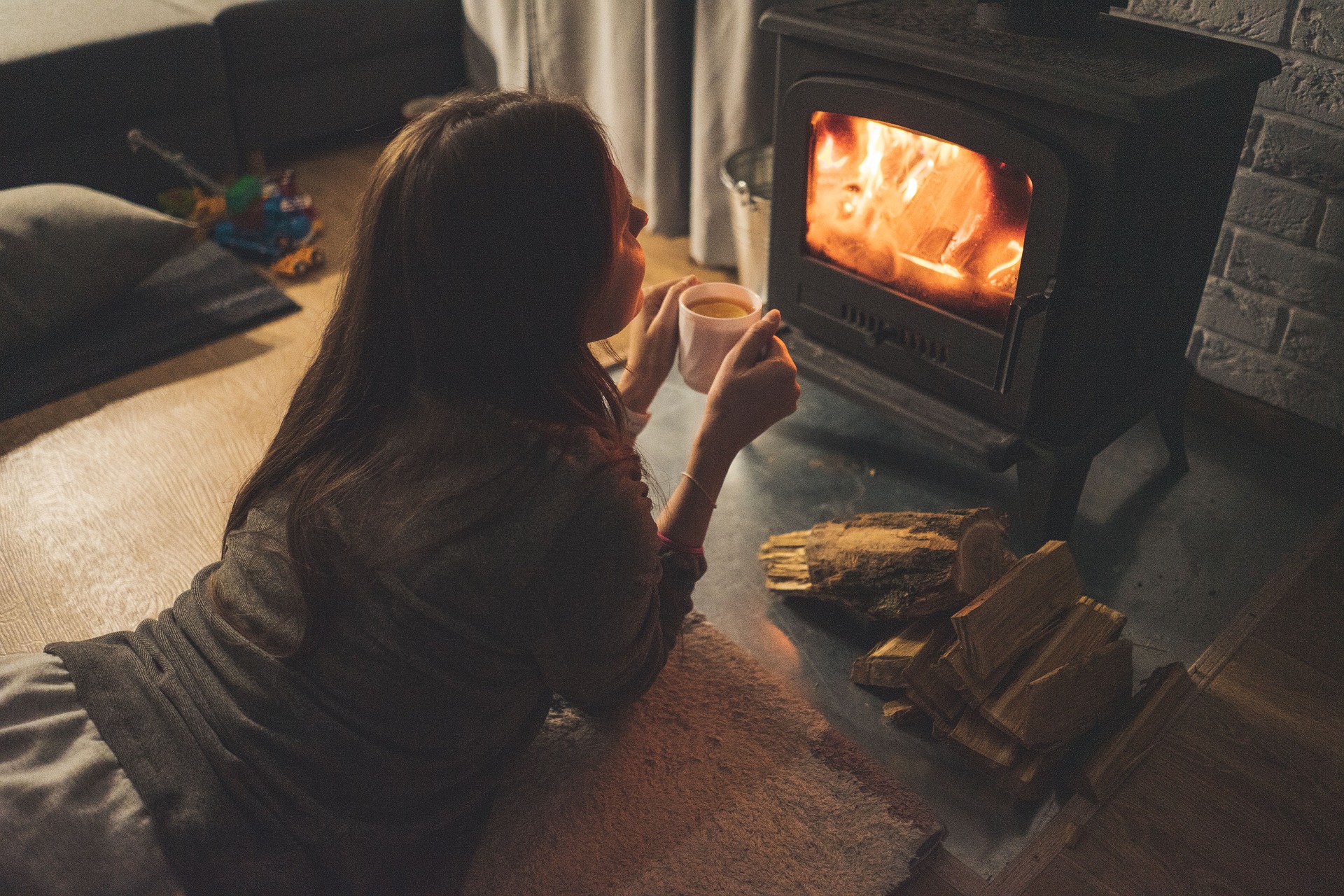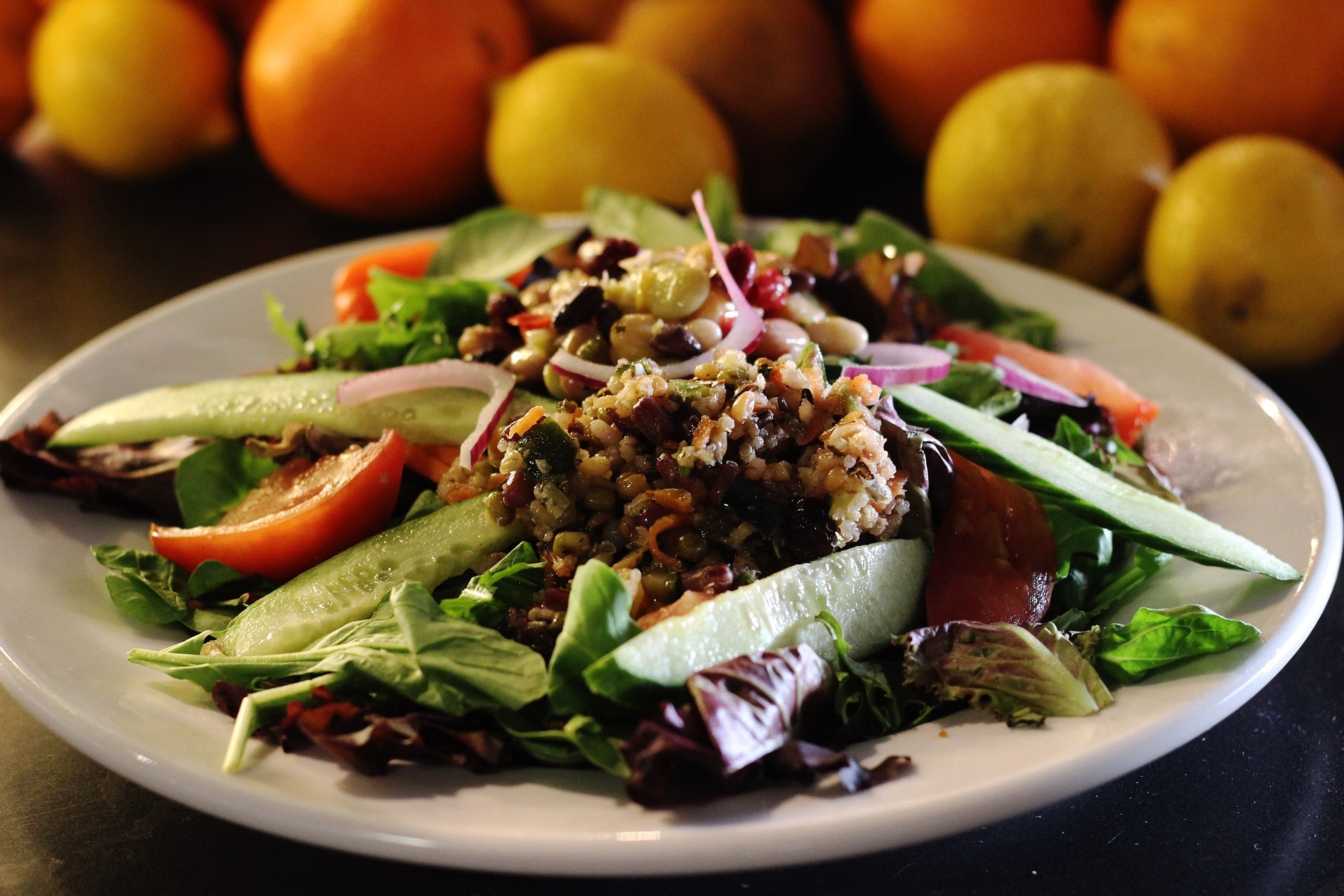Uncovering the Allure of Transitional Design: A Blend of Classic and Contemporary
Introduction: Discover the rising appeal of transitional design—a perfect blend of traditional elegance and contemporary simplicity. Dive into this engaging exploration of a design trend that's gaining momentum, delivering a unique blend of old and new aesthetics.

The Genesis of Transitional Design
Transitional design is a relatively recent phenomenon, born from the desire to bridge the gap between traditional and contemporary design elements. It’s not just about blending two styles—it’s about creating a balance that respects the richness of the past while embracing the simplicity of the present. This design philosophy has its roots in the late 20th century when designers began experimenting with eclectic mixes of styles, eventually crafting this harmonious blend.
Current Trends in Transitional Design
Transitional design is currently enjoying a surge in popularity, particularly in urban dwellings where homeowners seek a middle ground between old-world charm and modern minimalism. Key features include a neutral color palette, minimalist lines with a touch of ornamentation, and a mix of antique and modern furnishings. It’s a style that’s both comfortable and sophisticated, offering a timeless appeal that’s proving increasingly attractive to modern homeowners.
Practicality and Market Trends
Transitional design’s versatility is one of its most appealing aspects. It allows homeowners to update their interiors gradually, mixing and matching items from different eras without the need for a complete overhaul. As a result, this design trend is showing strong growth in the home decor market, with a significant increase in demand for transitional furniture and accessories.
Enhancing Daily Life with Transitional Design
Beyond its aesthetic appeal, transitional design offers practical benefits. Its versatile, neutral palette creates a calm, welcoming atmosphere that can be easily adjusted to suit changing moods or seasons. Furthermore, the blend of functional contemporary pieces and ornate traditional elements ensures that living spaces are both stylish and practical.
Research-Backed Insights
Several studies have highlighted the growing popularity of transitional design. A recent survey by the National Kitchen and Bath Association found that transitional design was the most popular style for kitchens in 2019, outpacing the perennial favorite, traditional design. This shift indicates a broader trend toward more flexible, eclectic styles in home decor.
Transitional design is a captivating trend that effortlessly marries the classic and the contemporary. It offers a versatile, timeless aesthetic that enhances comfort and functionality in the home while respecting the richness of diverse design traditions. As we move further into the 21st century, transitional design promises to continue evolving, offering fresh and engaging interpretations of classic and contemporary styles.





